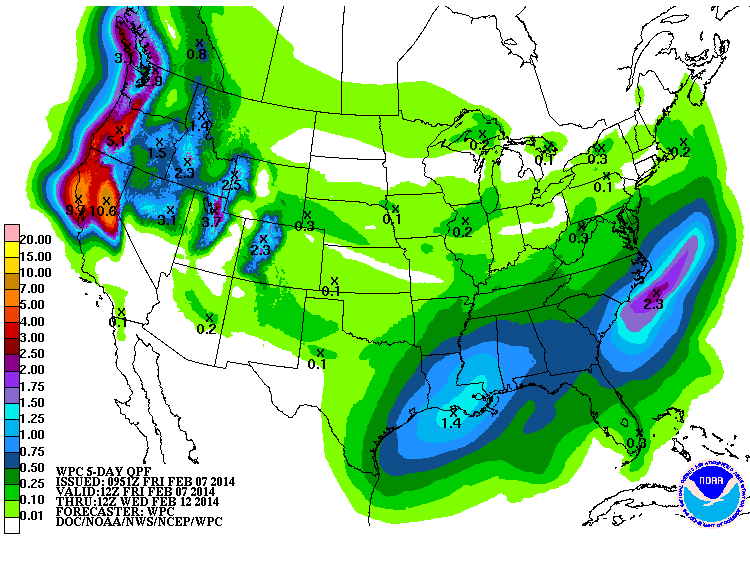Has the CA drought been made worse by human-induced climate change? In his Dot Earth column yesterday Andrew Revkin, A Climate Analyst Clarifies the Science Behind California’s Water Woes, which argued, “No.” More specifically, Revkin interviewed NOAA scientist Martin Hoerling, who doesn’t think so. Hoerling is reality-based. He cites historical data in drawing his conclusions; specifically, the Palmer Drought index and consecutive days without rain. Using those as metrics he concludes that the context for the current drought isn’t significantly different than the context for past droughts. Based on the data he’s looking at, his conclusions are reasonable. That said, while Hoerling’s analysis seems legit as far as it goes I’m not sold that he went far enough. Joe Romm’s post, Climatologist Who Predicted California Drought 10 Years Ago Says It May Soon Be ‘Even More Dire’ addresses the limitations of Hoerling’s analysis. It’s not that Hoerling is wrong about the (lack of) trends he observes. It’s that he’s missing the bigger picture. Romm (emphasis mine):
Climate change can worsen drought in multiple ways. Climate scientists and political scientists often confuse the public and the media by focusing on the narrow question, “Did climate change cause the drought” — that is, did it reduce precipitation?
…scientists a decade ago not only predicted the loss of Arctic ice would dry out California, they also precisely predicted the specific, unprecedented change in the jet stream that has in fact caused the unprecedented nature of the California drought. Study co-author, Prof. Lisa Sloan, told me last week that, “I think the actual situation in the next few decades could be even more dire that our study suggested.”
Continue reading →

